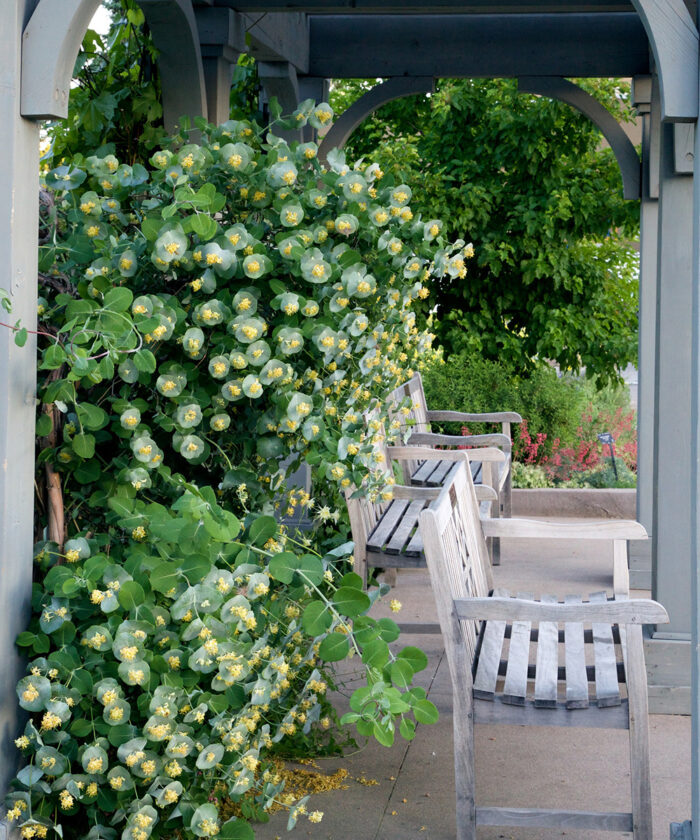
Vines can serve many needs in the garden; they can offer screening or shade, and they can serve as focal points. In the Mountain West, we are fortunate to have a wide variety of vines that can provide interest throughout the growing season. Here are just a few of my favorite vines for our region.
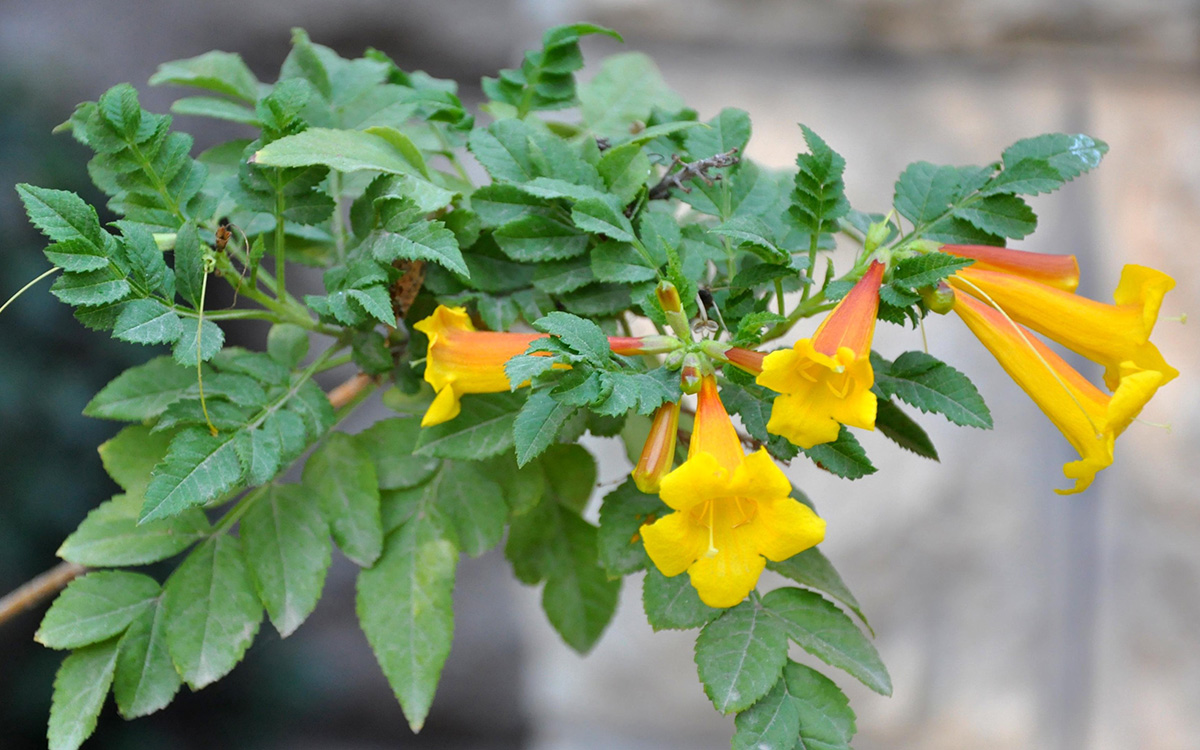
Yellow trumpet vine
Campsis radicans f. flava, Zones 5–9
Trumpet vines are hardy and easy to grow in full sun to partial shade. The native straight species has orange blossoms, but I am partial to this particular form with its clusters of large, yellow, trumpet-shaped blooms that burst forth in late summer. This vine can get very large, from 20 to 40 feet tall and 5 to 10 feet wide, so make sure to give it lots of room to grow. It’s not advised to plant it up against a building, as it will cling to it, potentially causing damage. I use it along fences where I want some screening. Seedpods may form after flowering, and they can be removed to prevent self-sowing. Once established, this vine needs little care, just occasional pruning.
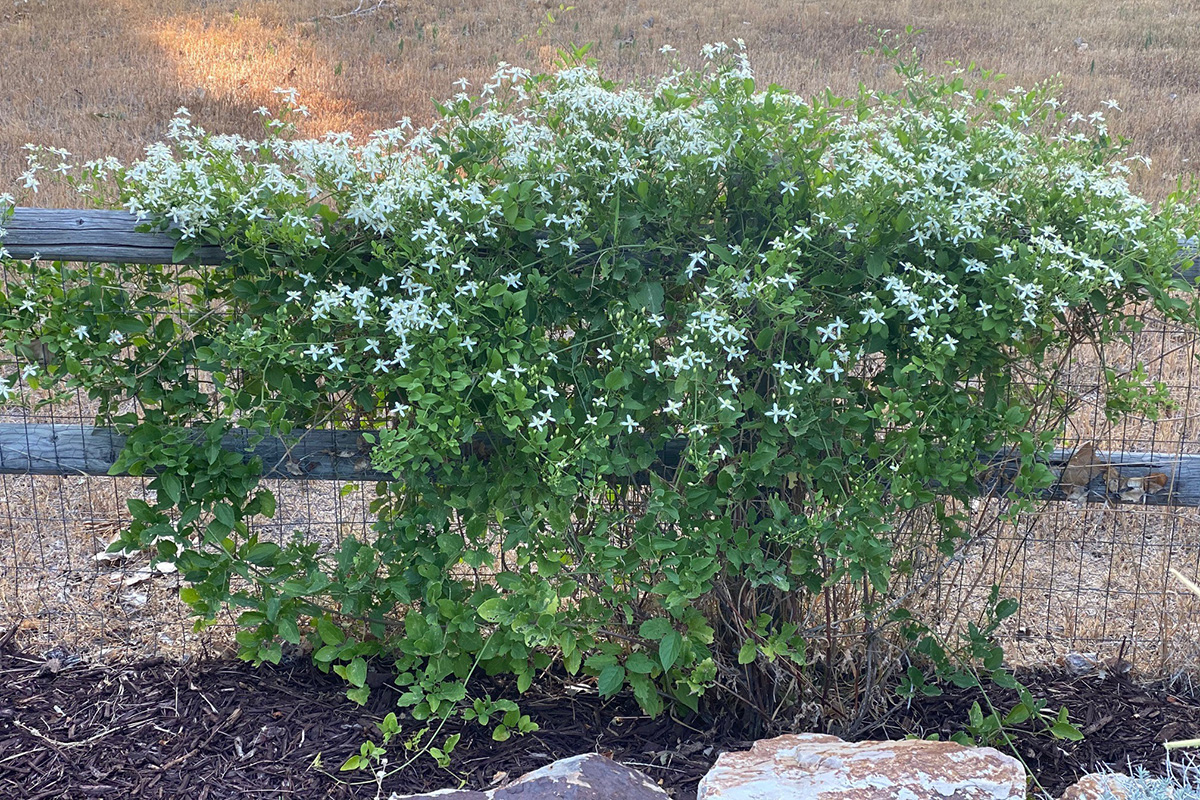
Sweet autumn clematis
Clematis terniflora, Zones 4–9
White, star-shaped flowers cover sweet autumn clematis throughout the month of September. Their sweet scent reminds me of the smell of honeysuckle (Lonicera spp. and cvs., Zones 4–9). While this clematis should technically be pruned hard each year to promote blooming on new wood, I will confess to being lazy and not doing much pruning on mine. Yet I haven’t had any issues with bloom production, and the vine is doing a beautiful job covering my fence, as you can see in the photo above. Sweet autumn clematis grows 20 feet tall and 2 feet wide and takes full sun to partial shade. While it can be invasive in some areas, it’s mostly a problem in the eastern half of the United States, and I have never heard of it being invasive in the Mountain West.
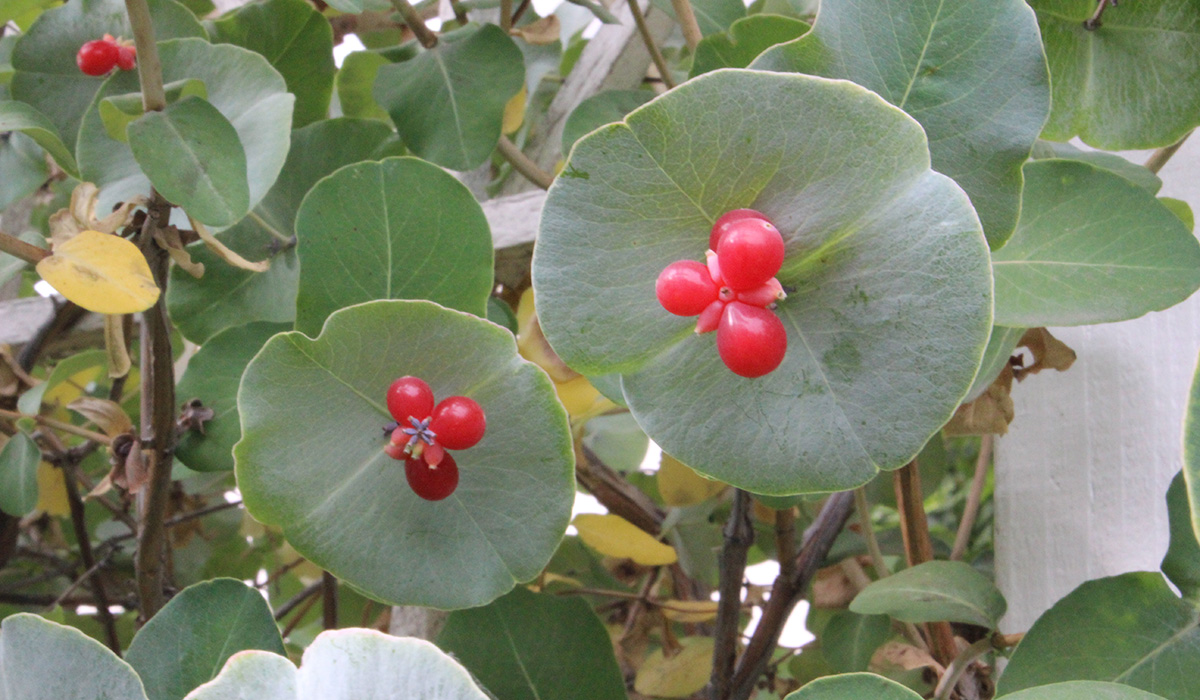
Kintzley’s Ghost® honeysuckle
Lonicera reticulata ‘P015S’, Zones 4–8
This unique honeysuckle was bred in Iowa State University in the 1880s but was recently brought into production by the Plant Select® program, which specializes in producing plants for Rocky Mountain gardens. While this vine’s showy yellow blooms capture your attention in June, its show-stopping feature is the silver-green bracts that cover the plant throughout the season, contributing to its “ghostly” appearance. Small red berries appear in late summer and fall. Kintzley’s Ghost® can reach 8 to 12 feet tall and 3 to 6 feet wide. Plant it in full sun or partial shade. It’s sure to garner attention in your garden.
For more great vines to choose from, check out Vines for the Connoisseur and Vines Worth Buying. For more regional reports for the Mountain West, click here.
—Michelle Provaznik is executive director of the Gardens on Spring Creek in Fort Collins, Colorado.



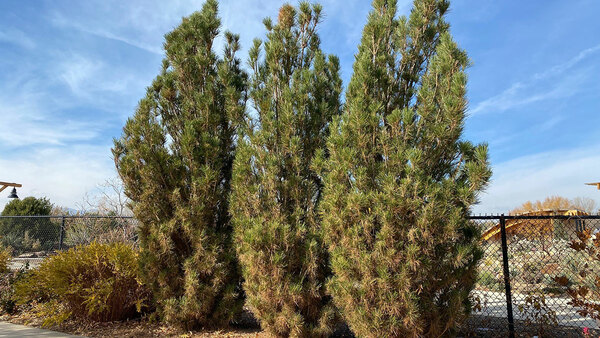
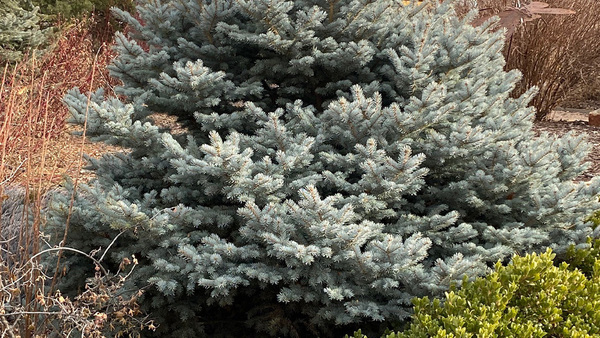













Comments
Log in or create an account to post a comment.
Sign up Log in